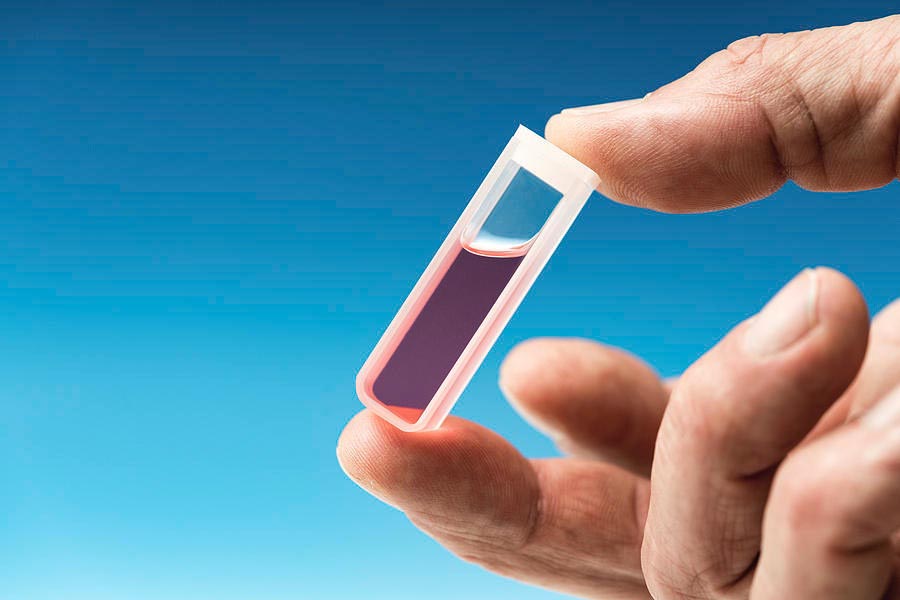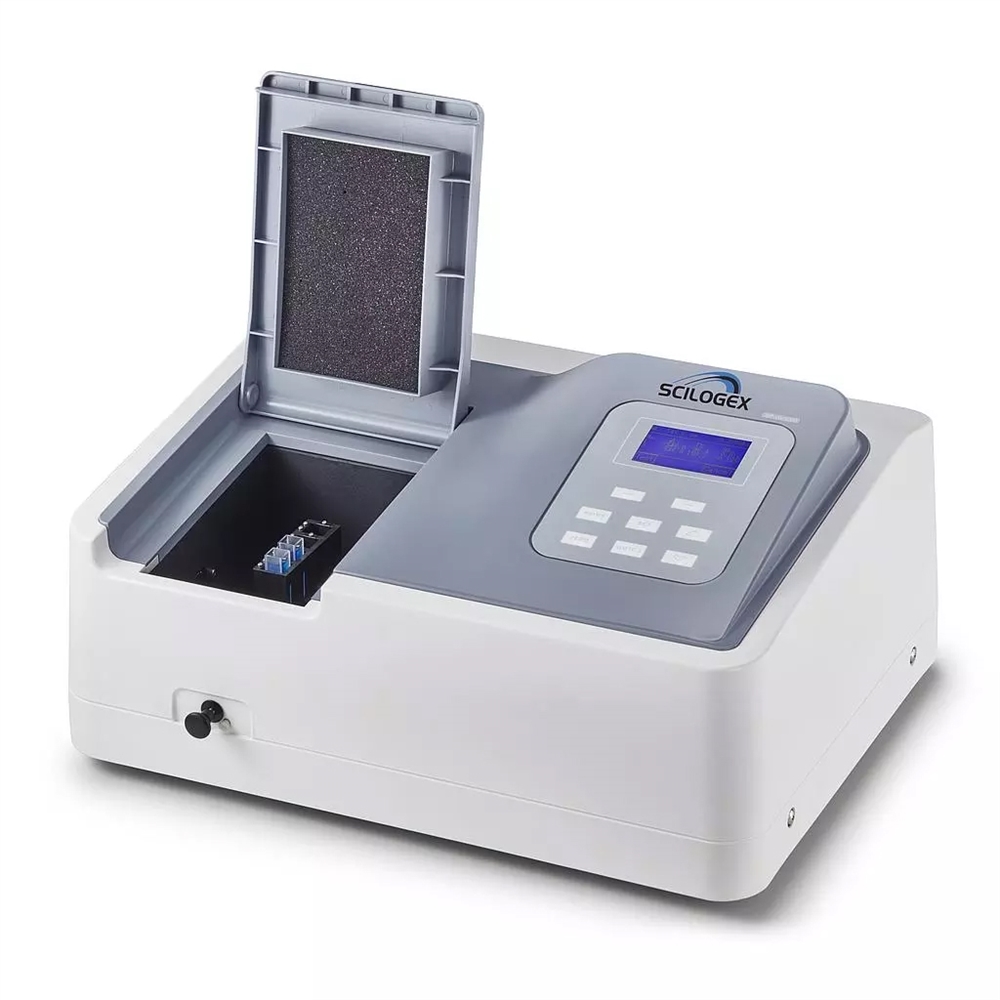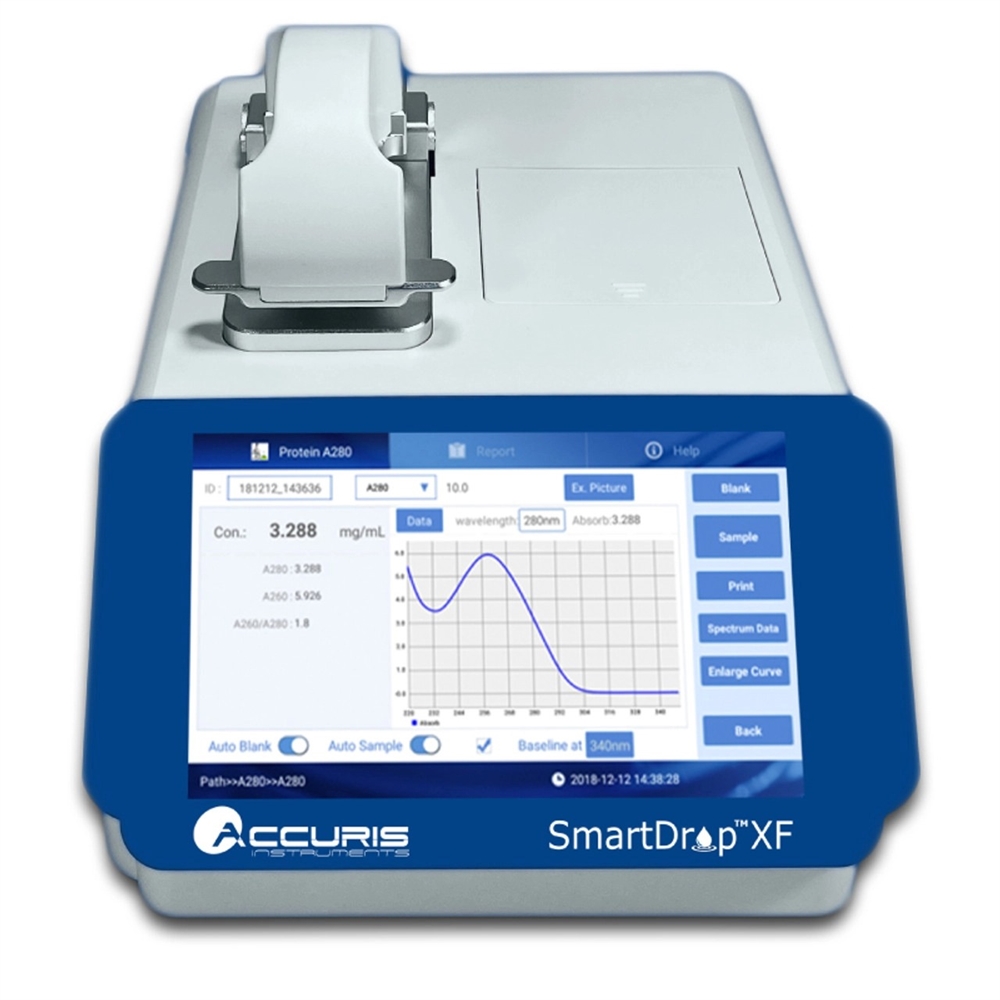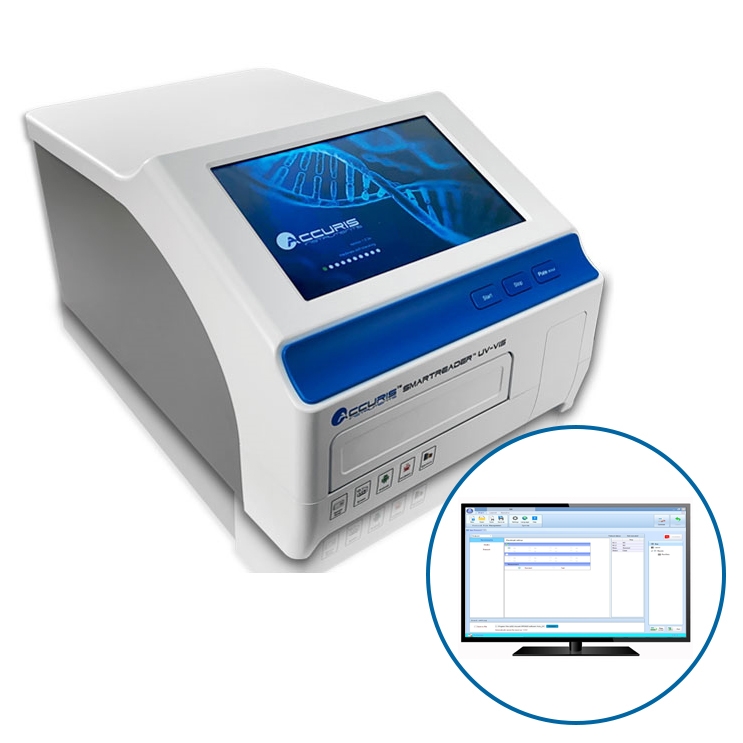
Spectrophotometry stands as a fundamental pillar in the analytical methodologies used across various scientific disciplines. This powerful technique involves measuring the amount of light that a substance absorbs, facilitating the determination of its concentration within a solution. In the field of biotechnology, spectrophotometry is not just a tool but a gateway to pioneering developments. It offers precise, quantitative data that drives innovations in genetic engineering, proteomics, drug development, and beyond. As we delve deeper into the innovative applications of spectrophotometry within biotechnology, it becomes clear that this technology is indispensable in pushing the boundaries of what is scientifically possible, transforming theoretical research into tangible societal benefits.
1. DNA/RNA QuantificationOne of the most fundamental uses of spectrophotometry in biotechnology lies in the quantification of nucleic acids. DNA and RNA quantification is critical for genetic research, cloning, sequencing, and forensic studies. Spectrophotometers are used to measure the absorbance at 260 nm, a wavelength at which nucleic acids absorb light. This measurement provides vital information about the concentration and purity of DNA and RNA samples. Moreover, the ratio of the readings at 260 nm and 280 nm helps distinguish between nucleic acids and protein contamination—a crucial step in ensuring the integrity of genetic experiments.
2. Protein AssaysProtein analysis is another area where spectrophotometry is extensively applied. In environments ranging from academic research to pharmaceutical manufacturing, the ability to accurately measure protein concentrations is indispensable. Biuret, Lowry, Bradford, and BCA assays are among the most common protein assays that rely on spectrophotometry. Each of these assays has a unique reaction mechanism with the protein's amino acids, producing a color change that can be quantitatively measured. Some spectrophotometers can provide the precision required for these assays, which are pivotal in protein engineering, drug design, and diagnostic development
3. Enzyme KineticsEnzyme kinetics, which studies the rates of enzyme-catalyzed reactions, heavily depends on spectrophotometry. By measuring changes in absorbance over time, researchers can determine the reaction rate and thus deduce the activity of an enzyme under various conditions. This application is crucial in drug discovery and biochemical pathway analysis, where understanding how enzymes interact with substrates can lead to significant breakthroughs in therapeutic development and metabolic engineering.
4. Microbial Growth DeterminationIn biotechnology, the growth dynamics of microbial cultures must be accurately monitored, often to produce antibiotics, alcohols, and organic acids. Spectrophotometry facilitates this by measuring the turbidity of a microbial culture, typically at 600 nm, indicative of cell density. This application is crucial in optimizing the growth conditions in bioreactors, ensuring high yield and efficiency in microbial production systems.
5. Photosynthetic Pigment AnalysisSpectrophotometry is integral in studying photosynthetic pigments, which are vital for understanding plant physiology and energy harvesting processes. By analyzing the specific wavelengths absorbed and reflected by chlorophyll and other pigments, researchers can gain insights into plant health, stress responses, and nutrient composition. This information is crucial for agricultural biotechnology, where enhancing crop yield and stress tolerance are primary objectives.
6. Drug Efficacy and Stability TestingThe development of new pharmaceuticals is another area where spectrophotometry proves invaluable. It is used to assess the stability and shelf life of drugs by monitoring changes in their light absorption characteristics under various conditions. Furthermore, in clinical trials, spectrophotometry is employed to study the pharmacodynamics and pharmacokinetics of drugs, providing essential data on efficacy, dosage, and potential side effects.
7. Food Science and TechnologySpectrophotometry finds practical applications in food science and technology for analyzing food safety and quality. It is used to detect the presence of contaminants and to quantify color, which often correlates with the freshness and acceptability of food products. Moreover, enzymatic reactions responsible for food spoilage can also be monitored using spectrophotometric methods, enhancing food preservation strategies.
Conclusion: Spectrophotometry's Expanding Role in Biotechnological ProgressThe continuous integration of spectrophotometry into biotechnological processes highlights its critical role in the advancement of this science. As we move forward, the applications of spectrophotometry are only expected to grow more diverse and impactful. Researchers and biotechnologists equipped with advanced spectrophotometric tools are uncovering novel ways to solve complex biological problems, paving the way for revolutionary changes in how we understand and manipulate biological systems. The future of biotechnology is bright with the promise of spectrophotometry, promising to bring forth innovations that will continue to benefit humanity. By embracing these advanced analytical techniques, the biotechnological sector can look forward to not only enhancing its research capabilities but also significantly contributing to the betterment of global health and environment. Through the lens of spectrophotometry, the possibilities are endless, inviting a future where the mysteries of biology are unraveled, leading to solutions that can sustain and enhance life on Earth.





